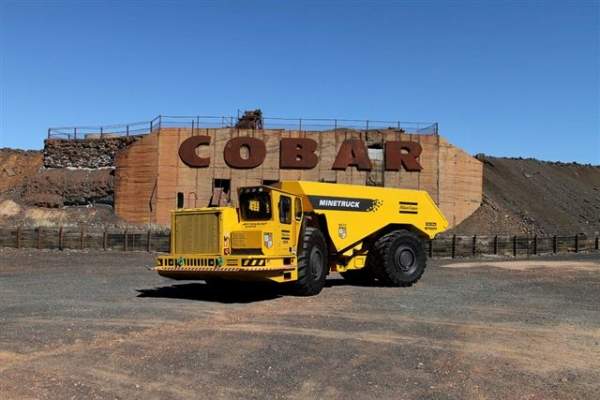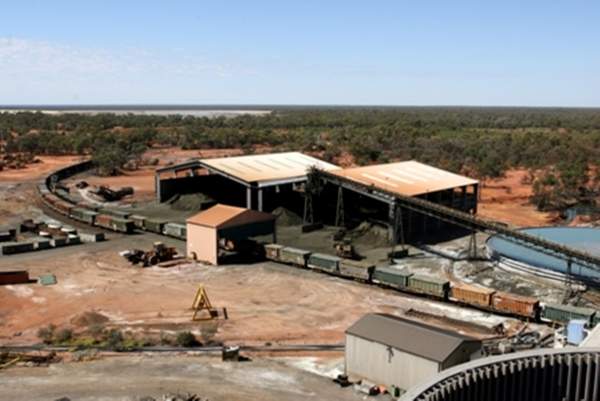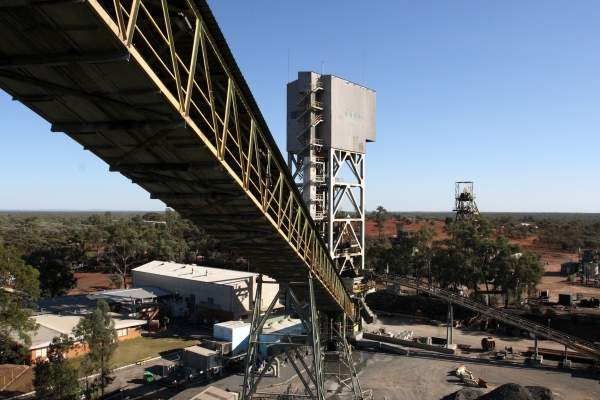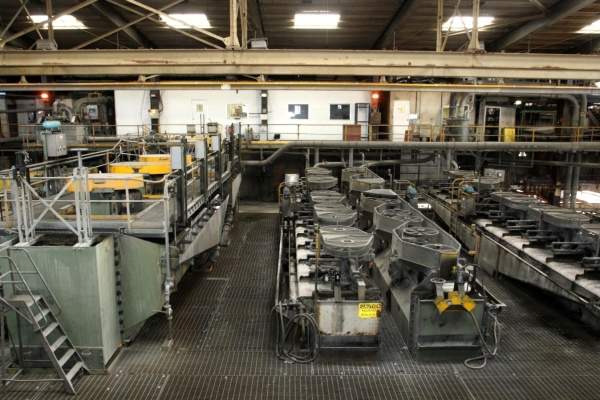CSA Mine is an underground copper mine located 14km northwest of Cobar in New South Wales, Australia. It is operated by Cobar Management (CMPL), the Australian subsidiary of Switzerland-based company Glencore International.
CSA is the largest copper mine in the Cobar region. More than one million tons of ore and 180,000t of copper concentrate are produced at the mine every year. The ore contains 29% copper; its co-product is silver.
CSA Mine background
The mine was discovered in 1870 but large scale production began in 1964 when it was acquired by Broken Hill South.
The ownership of the mine changed to CRA in 1980, Golden Shamrock Mines in 1992 and then to Ashanti Goldfields.
The mine was closed in 1997-98 by Ashanti. Glencore acquired the mine in 1999. Initially, the mine has extracted zinc, lead, silver and copper but now CMPL focuses on copper and silver.
Geology of the Cobar basin
The mine is situated towards the east of the Cobar basin which was formed during the Devonian period. Syndepositional faults which separate the major lithological units were observed at the Cobar basin during the Devonian period.
The ore deposits observed in the sedimentary formation were formed millions of years ago.
The mine includes a thin bedding and slaty sequence called CSA siltstone whose thickness is usually around 1-4cm.
Mineralisation
CSA Mine has four mineralised systems: QTS North, Western system, Eastern system and QTS South.
QTS North is the system currently being mined. Mineralisation occurs from 600m to 1.8km depth. It is the largest ore system in the mine with pure copper lenses. There are 13 lenses of 15-130m in length.
In the Eastern system, mineralisation can be observed 250m below the surface. The region contains many lenses of 50-80m length and a width of 10m.
Western system contains lenses with an average length of 45m and a width of 7m. Mineralisation occurs at a depth of 200m. Zinc and lead were extracted from the Western system.
In QTS South system mineralisation begins 700m below the surface level and exists 500m south of other systems. The lenses are 200m long. QR1, an extension to the QTS South, was discovered towards the south of QTS South in 2005. The lenses are 90m long and 15m wide.
Mining
Copper at CSA mine is extracted through the long hole open stopping (LHOS) method. Underground tunnels and open stopes of 30m height and 10m width are dug. The stopes are blasted and drilled to extract copper.
The blasted ore is transported to an underground stockpile in trucks. The extracted stopes are filled back with mill tailings and underground waste rock.
The copper ore is transported from the stockpile to the surface through a 1,050m vertical shaft and is then moved to storage bins in conveyors. From the storage bins, the ore reaches the mills.
Processing the mined ore
In the mills, the ore is crushed into particles of less than 300mm and then ground to a slurry of less than 0.1mm. The slurry is then pumped to flotation plant where various minerals get separated.
Flotation is carried out in tanks called flotation cells. Different minerals get separated at different stages. The skimmed minerals are dried on disc filters.
The dried concentrate is transported to Port Waratah in Newcastle, from where it is shipped to India, China and South East Asia.
Expansion of shafts
Macmahon won a $110m contract in August 2011 to expand the existing shaft from 1,050m to 1,500m.
It will also include construction of a headframe and installation of a tower-mounted friction winder. The expansion will increase the shaft system’s capacity to 1.6mt a year.
The expanded shaft will also have a new underground materials handling system complete with ore bins, crusher, conveyors and loading station.
The turnkey underground engineering construction contract includes engineering design, fabrication, procurement, construction and management of the shaft.







